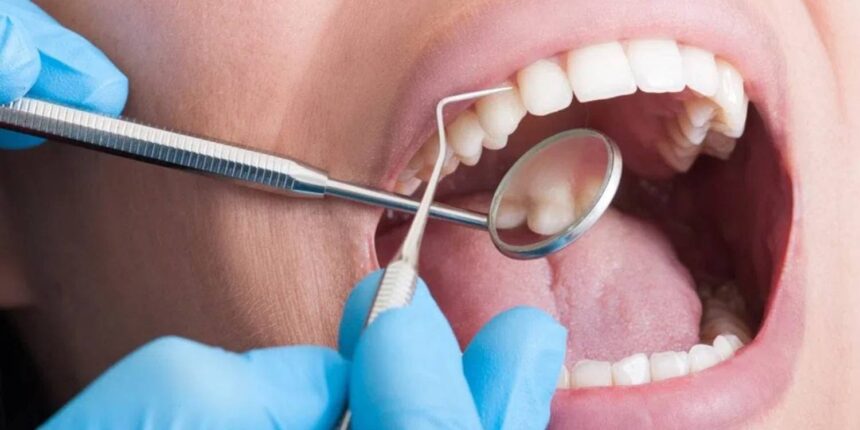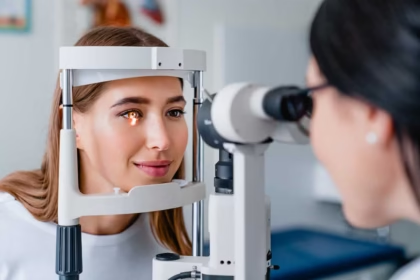Periodontal treatments address gum disease and related conditions that affect the supporting structures of teeth. These treatments range from non-surgical procedures like scaling and root planing to surgical interventions for advanced cases. Understanding the various types of periodontal treatments helps patients make informed decisions about their oral health care.
Understanding Periodontal Treatments
Periodontal treatments encompass a range of procedures designed to treat gum disease, also known as periodontal disease. This condition occurs when bacteria accumulate along the gumline, causing inflammation and infection in the tissues that support teeth. The severity of the condition determines which treatment approach dental professionals recommend.
Non-surgical periodontal treatments include deep cleaning procedures such as scaling and root planing. Scaling removes plaque and tartar buildup from tooth surfaces and beneath the gumline. Root planing smooths the root surfaces of teeth, making it more difficult for bacteria to reattach. These procedures help reduce inflammation and allow the gum tissues to heal.
Surgical periodontal treatments become necessary when non-surgical methods prove insufficient. Flap surgery involves lifting the gums to remove tartar deposits and smooth irregular surfaces on damaged bone. Bone grafts replace bone destroyed by periodontal disease, while soft tissue grafts cover exposed root surfaces. Guided tissue regeneration uses special membranes to help regenerate lost bone and tissue.
Exploring Types of Gum Disease
Gingivitis represents the earliest stage of gum disease. This reversible condition causes gums to become red, swollen, and prone to bleeding during brushing or flossing. Professional cleaning combined with improved oral hygiene typically resolves gingivitis without lasting damage to the supporting structures of teeth.
Periodontitis develops when gingivitis progresses untreated, which is a more serious condition that affects the tissues and bone that support teeth. Early periodontitis creates pockets between teeth and gums where bacteria accumulate. As the condition advances, these pockets deepen, and more tissue and bone become damaged.
Moderate periodontitis involves deeper pocket formation and more significant tissue damage. Patients may experience gum recession, tooth sensitivity, and changes in bite alignment. Professional treatment becomes necessary to prevent further progression and potential tooth loss. Advanced periodontitis represents the most severe form of gum disease. Deep pockets form around teeth, and significant bone loss occurs. Teeth may become loose or shift position.
Benefiting from Professional Care
Professional periodontal care stops the progression of gum disease and prevents complications. Early intervention through scaling and root planing can reverse gingivitis and halt the development of periodontitis. Regular professional cleanings remove bacterial buildup that daily brushing and flossing cannot eliminate.
Periodontal treatments reduce systemic health risks associated with gum disease. Research links untreated periodontal disease to cardiovascular problems, diabetes complications, and respiratory issues. Professional treatment helps minimize these risk factors by controlling bacterial infection and inflammation. Surgical periodontal procedures can regenerate lost tissue and bone when performed appropriately. These treatments help restore proper tooth support and may save teeth that would otherwise require extraction.
Treatments reduce gum inflammation, eliminate persistent bad breath, and address tooth sensitivity. Patients often experience improved chewing ability and overall oral comfort following successful treatment. Long-term maintenance therapy helps prevent disease recurrence. Professional monitoring allows dental providers to detect early signs of disease progression and implement appropriate interventions.
Find a Dentist
Regular professional maintenance visits monitor healing and detect any signs of disease recurrence. These appointments typically involve professional cleaning, pocket depth measurements, and assessment of tissue health. The frequency of maintenance visits depends on individual risk factors and treatment history. Professional periodontal treatments play a fundamental role in maintaining oral health and preventing tooth loss.









